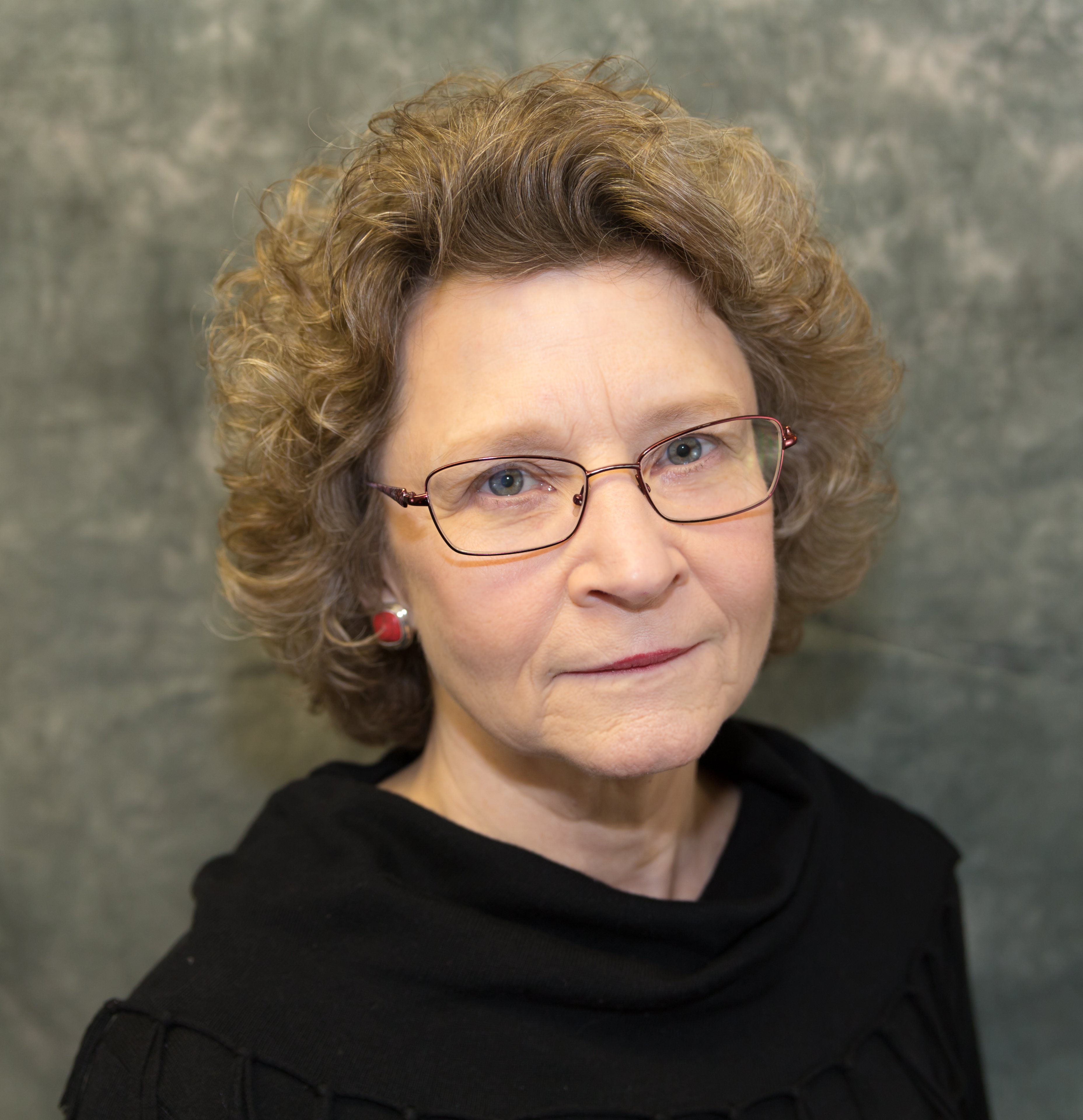Are you experiencing burnout? Ask yourself these questions:
- Are you too tired to spend time with your family and/or friends?
- Do you seem to have more conflict at work and/or at home?
- Are you not able to “turn off” work and not think about your colleagues or patients?
If you answered “yes” to any of these questions, you may be experiencing physician burnout, and you’re not alone. According to a 2016 study by the Mayo Clinic, “49 percent of physicians surveyed met the definition for burnout compared to 28 percent of the general working population.” This figure has risen to 51 percent, according to physician survey conducted by Medscape in 2017.
Burnout is defined as “a loss of enthusiasm for work, feelings of cynicism and a decreased sense of personal accomplishment. Read more about the difference between normal stress and burnout.
Three major symptoms of burnout
When evaluating yourself or others, it is important to recognize there are three main symptoms of burnout. However, not all have to be present in order to experience burnout.
- Exhaustion: Extreme tiredness, overwhelmed, fatigue, weariness in areas of energy, emotion and spirituality causing oneself to emotionally and cognitively distance themselves from their work life and personal life
- Cynicism: Losing the ability to care, empathize and connect with patients, staff and co-workers
- Doubt: The feeling of diminished accomplishment, questioning if your work really makes a difference and/or doubting the quality of your work
Stressors leading to burnout
“Medicine has long been hampered by the ancient myth of invincibility – the notion that physicians must never show weakness; always embody grace under pressure. This is not only wrong, but also adds an emotional toll on our physicians.” -Marshall S. Runge, M.D., PhD.
There is no single cause for burnout, but working 60+ hours a week is certainly a contributing factor. Additionally, the amount of time spent on paperwork and administrative duties tops the list.
What can be done?
Physician burnout is both an individual and systems issue. Physicians enter medicine to help patients. Anything interfering with that time should be the focus of change—the practice environment and system. Some typical organizational solutions might include:
- Assign scribes or medical assistants to enter data into the EHR instead of the physician, which will allow the physician more time with the patient.
- Distinguish differences between the physician, the physician assistant and the nurse practitioner to utilize their skills and expertise in the most practical way.
- Create a private space where physicians and other health professionals can retreat if they need time to recover from a traumatic event or just get away for a few moments.
- Develop a group of volunteers from different departments to discuss ways the organization can address this concern. In addition, read about 3 ways healthcare leadership can build a healthy, team-based culture.
Medical schools and residency programs do not teach how to prevent burnout, so it’s up to the physicians and providers themselves to develop a prevention plan. Some recommendations include:
- Set aside time in your day to exercise.
- Adopt a healthy diet which will give you both physical and mental energy.
- Know that you are not alone and support is available.
- Learn to prioritize. Take care of the most important responsibilities first when your energy is highest.
Read How to Lead the Way to Physician Well Being and check out our articles on Physician Burnout: Balancing Caregiving with Self-Care and how to find your work/life balance.
We Can Help
As part of our Physician/Provider Well Being Resources, we offer solutions for reducing burnout such as how physicians and providers can build resiliency, peer coaching, a WorkLife Concierge service and consulting for healthcare organizations to help manage the levels of stress in your organization. Access your Well Being Resources through your VITAL WorkLife App or call 877.731.3949.
Not a member?
Contact us online to learn more about our robust Physician Well Being Resources built specifically for healthcare organizations.
Sources:
Rosin, Tamara. Hospitals are Getting Physician Burnout and Engagement All Wrong-Here’s Why. Berkeley University of California-Psychology March, 2017.
Byington, Melissa. Five Signs of Physician Burnout. Physicians Practice. January 2016.
Nash, David. Physician Burnout: What Can Be Done? MEDPAGE TODAY. February 2018.
Parks, Troy. Report Reveals Severity of Burnout by Specialty. Life & Career. January 2017.
How to deal with Physician Burnout. Posted by AllPhysiciansJobs.com May 2016.
Runge, Marschall S . Opinion: It’s Time to Treat Physician Burnout’s Root Cause. January 2018.


